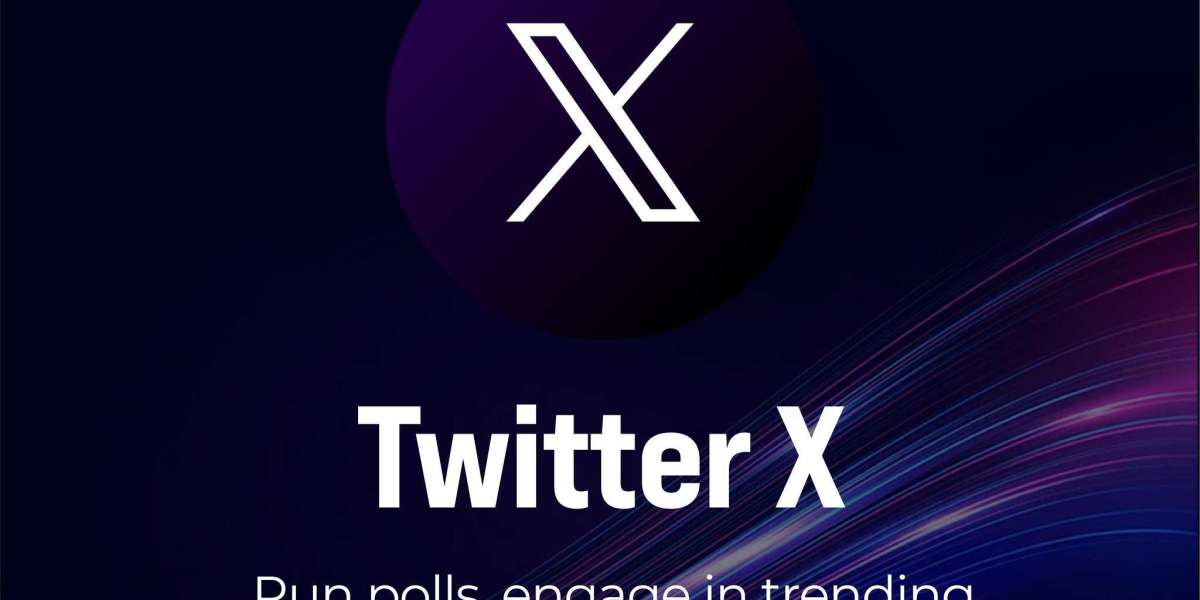Introduction
In the treatment landscape of various cancers, Lapatinib and Temozolomide have emerged as pivotal medications. Lapatinib is primarily used for breast cancer, particularly HER2-positive metastatic breast cancer, while Temozolomide is commonly used to treat certain types of brain tumors, such as glioblastoma multiforme. Understanding the pricing of these drugs is crucial for patients, healthcare providers, and policymakers. This blog delves into the factors influencing the costs of Lapatinib and Temozolomide, and explores their impact on patients and healthcare systems.
Lapatinib: A Closer Look at Pricing
Overview of Lapatinib
Lapatinib, marketed under the brand name Tykerb, is a targeted therapy used in combination with other drugs to treat HER2-positive breast cancer. It works by inhibiting the epidermal growth factor receptor (EGFR) and HER2 pathways, which are involved in the growth and proliferation of cancer cells.
Factors Influencing Lapatinib's Price
Several factors contribute to the pricing of Lapatinib:
Research and Development Costs: The development of Lapatinib involved substantial investment in research, clinical trials, and regulatory approvals. These costs are often recouped through the pricing of the drug.
Market Exclusivity: As a patented drug, Lapatinib enjoys market exclusivity, allowing the manufacturer to set higher prices without competition from generic versions.
Manufacturing and Distribution: The production of Lapatinib requires sophisticated manufacturing processes and stringent quality control measures. Additionally, the costs of distribution and logistics contribute to the overall price.
Regulatory and Marketing Expenses: Compliance with regulatory requirements and marketing efforts to promote the drug to healthcare providers and patients add to the overall cost structure.
Lapatinib's Price in the Market
As of 2024, the average wholesale price (AWP) of Lapatinib is approximately $7,000 to $9,000 per month. Prices can vary based on the dosage, pharmacy, and insurance coverage. Despite its high cost, Lapatinib is a crucial medication for many breast cancer patients, offering significant clinical benefits.
Impact on Patients and Healthcare Systems
The high cost of Lapatinib presents challenges for patients and healthcare systems. Patients without adequate insurance coverage may face substantial out-of-pocket expenses, leading to financial strain. Healthcare systems and insurers must also manage the financial burden of covering such high-cost medications, which can impact overall healthcare budgets and resource allocation.
Temozolomide: A Comprehensive Pricing Analysis
Overview of Temozolomide
Temozolomide, marketed under the brand name Temodar, is an oral chemotherapy drug used to treat certain types of brain tumors, including glioblastoma multiforme and anaplastic astrocytoma. It works by alkylating/methylating DNA, which damages the DNA of cancer cells and inhibits their ability to replicate.
Factors Influencing Temozolomide's Price
The pricing of Temozolomide is influenced by several factors:
Research and Development Costs: The development of Temozolomide involved significant investment in research, clinical trials, and obtaining regulatory approvals.
Market Exclusivity: Patents protect Temozolomide from generic competition, allowing the manufacturer to set higher prices.
Manufacturing and Distribution: Producing Temozolomide requires advanced manufacturing processes and quality control, contributing to its cost.
Regulatory and Marketing Expenses: Compliance with regulatory standards and marketing efforts to promote the drug also add to the overall cost.
Temozolomide's Price in the Market
As of 2024, the average wholesale price (AWP) of Temozolomide is approximately $5,000 to $6,000 per month. Prices may vary based on the dosage, pharmacy, and insurance coverage. Despite its high cost, Temozolomide is a critical medication for many brain tumor patients, offering improved survival and quality of life.
Impact on Patients and Healthcare Systems
The high cost of Temozolomide, like Lapatinib, poses challenges for patients and healthcare systems. Patients may face significant out-of-pocket costs, especially those without comprehensive insurance coverage. Healthcare systems and insurers must manage the financial burden of covering high-cost medications, which can affect overall healthcare spending and resource allocation.
Addressing the High Costs: Strategies and Solutions
Patient Assistance Programs
Both Lapatinib and Temozolomide manufacturers offer patient assistance programs to help reduce the financial burden on patients. These programs provide financial assistance, co-pay support, and other resources to eligible patients, ensuring that cost does not become a barrier to accessing essential treatment.
Insurance Coverage and Negotiations
Insurance companies play a crucial role in managing the cost of high-priced medications. Negotiating with manufacturers for better pricing and ensuring coverage for these drugs can significantly reduce the financial burden on patients. Patients are encouraged to work closely with their healthcare providers and insurers to understand their coverage options and maximize their benefits.
Generic and Biosimilar Competition
As patents for Lapatinib and Temozolomide expire, the introduction of generic and biosimilar versions can lead to significant price reductions. Competition from these alternatives can drive down costs, making these vital medications more accessible to a broader patient population.
Government and Policy Interventions
Government policies and interventions can also play a role in addressing the high costs of medications. Initiatives to regulate drug prices, promote transparency in pricing, and support the development of generics and biosimilars can contribute to making life-saving medications like Lapatinib and Temozolomide more affordable.
Conclusion
Lapatinib and Temozolomide are invaluable medications in the fight against breast cancer and brain tumors, respectively. However, their high costs pose significant challenges for patients and healthcare systems. By exploring strategies such as patient assistance programs, insurance negotiations, generic competition, and policy interventions, we can work towards making these essential treatments more accessible and affordable for those who need them most.

